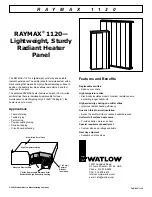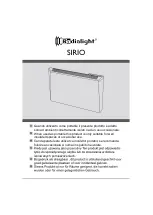
28
GB
Use
Place the pressure cooker on the stove and
light the stove.
Lightly fry or brown any food in the pan (2)
and add all the ingredients, including at
least 0.25 litres of water or other liquid.
Attach the lid to the pressure cooker as
described.
Some steam may be emitted from the safety
valve. Once the pressure in the pressure
cooker exceeds 5 kPa, the red lock indicator
by the safety valve (9) pops up and the lid is
locked. There is no longer steam coming out
of the safety valve.
Gradually, as further pressure builds up in
the pressure cooker, the pressure indicator
(7) rises and steam is emitted through the
pressure regulator (8).
When the fi rst white ring on the pressure
indicator is visible, the pressure is 60±10
kPa.
When the second white ring on the pressure
indicator is visible, the pressure is 100±10
kPa.
If the red ring on the pressure indicator is
visible, the pressure is too high and you
must turn down the heat!
Once the pressure has reached the required
level (one or both white rings are visible),
turn down the heat so that the temperature
is maintained but not increased.
When the pressure is correct, an even
stream of steam will be emitted through the
pressure regulator. The cooking time should
be calculated from that point.
Equalising the pressure
There are 3 ways of equalising the pressure
so that the red lock indicator by the safety
valve (9) drops and the lid can be removed:
1) Slow pressure equalisation
Remove the pressure cooker from the heat
and allow it to stand slowly cooling until the
red lock indicator is no longer visible.
2) Quick pressure release
Turn the pressure regulator from position 2
to position 1 to release the steam quickly.
Once only one white ring is visible on the
pressure indicator, turn it to the steam
symbol so that the rest of the steam is
released. This method is only suitable when
cooking solid foods.
















































